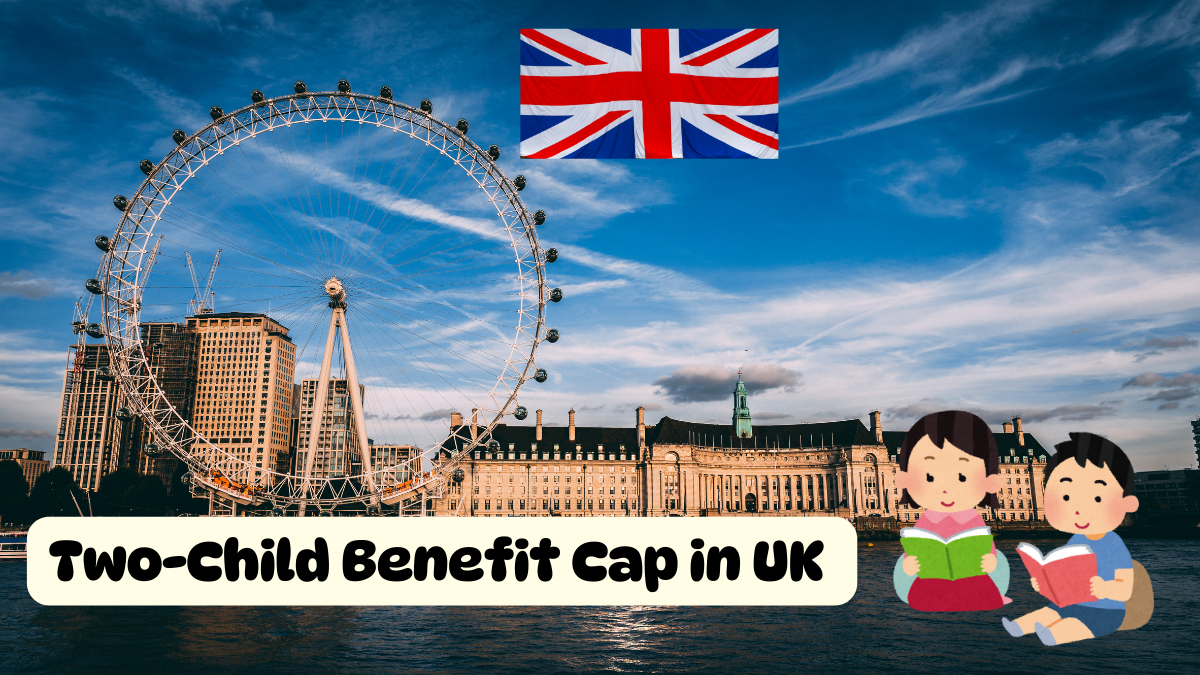In 2025, the UK government is reviewing several welfare policies, and among the most debated is the UK two-child benefit cap 2025. This policy has had significant implications for families claiming child benefits, and with proposed updates and reforms, it’s crucial for families to understand how these changes could affect them.
This guide breaks down what’s happening with the benefit cap, who qualifies for support, and what parents need to know moving forward.

Summary Table: Two-Child Benefit Cap 2025 Changes
| Details | Current Status | 2025 Update |
|---|---|---|
| Max children eligible for benefits | 2 | Potential reform under review |
| Exemptions | Yes (e.g., multiple births) | Likely to expand |
| Benefit cap level | £22,020 outside London / £25,323 within London | Possible adjustment based on inflation |
| Affected families | Over 400,000 households | Expected increase without reform |
| Related child support benefits | Limited for 3rd+ children since 2017 | May include discretionary exceptions |
| Offical link | https://www.gov.uk/ |
What Is the Two-Child Benefit Cap?
Introduced in April 2017, the two-child benefit cap limits the amount of child-related benefits families can claim to the first two children. Any subsequent children born after this date generally do not qualify for additional child support UK payments.
This policy was aimed at controlling public spending and encouraging working-age families to consider affordability when growing their families. However, it’s been one of the more controversial welfare measures, with charities and MPs repeatedly calling for revisions.
What’s Changing in 2025?
The UK two-child benefit cap 2025 is under governmental review due to concerns about its impact on child poverty rates. While no official repeal has been confirmed yet, proposed reforms and public discussions suggest the following potential changes:
-
Wider exemptions: Current exemptions apply to multiple births, adoptions, or children born from non-consensual conception. These may expand to include kinship care or special guardianship arrangements.
-
Inflation-linked benefit cap levels: The maximum benefit cap might be revised to reflect inflation and rising living costs, reducing financial pressure on low-income families.
-
Discretionary exceptions: Local authorities may receive powers to offer temporary exceptions for families facing sudden financial hardship.
While final decisions are pending, families should stay informed and prepare for possible updates from the Department for Work and Pensions (DWP).
Who Is Affected by the Cap?
Families already claiming child tax credits or Universal Credit for two children will be impacted if they have a third or subsequent child born after April 6, 2017.
The primary groups affected include:
-
Low-income households
-
Single-parent families
-
Larger families with children under 16 (or 20 if in full-time education)
According to recent reports, more than 400,000 families in the UK have experienced reduced support due to this policy.
Why This Reform Matters
Charity organisations such as Child Poverty Action Group (CPAG) argue that the cap disproportionately affects children’s wellbeing, contributing to increased poverty rates among larger families.
With the rising cost of living, there’s growing pressure on the government to either lift the cap entirely or offer expanded benefit cap reform measures to ease financial strains on vulnerable households.
Additional Support Options
Families affected by the benefit cap may also be eligible for:
-
Discretionary Housing Payments
-
Council-run welfare support schemes
-
Free school meals and childcare assistance
It’s advisable to regularly check local council websites and the DWP payment update notices for new announcements.
FAQs
What is the current two-child benefit cap in the UK?
Families can only receive child tax credit or Universal Credit for up to two children, with certain exemptions for special circumstances.
Will the two-child benefit cap be scrapped in 2025?
While no official decision has been made, the policy is under review, and potential reforms or adjustments are expected to be announced later in 2025.
Who qualifies for exemptions under the current policy?
Exemptions include multiple births (after a second child), adopted children, or children born from non-consensual conception.
How do I check if my family is affected by the cap?
You can review your Universal Credit or child tax credit statement or contact your local DWP office for a personalized assessment.
Are there any alternative financial support schemes available?
Yes, affected families may qualify for discretionary housing payments, free school meals, and childcare subsidies through local councils.
Final Thoughts
The UK two-child benefit cap 2025 remains a significant issue for many families. While possible reforms are being discussed, it’s important to stay informed and check your benefit options. Keep an eye on government updates and seek advice if you’re affected. A fairer support system could help ease financial pressure for larger families in the future.
Click here to know more.